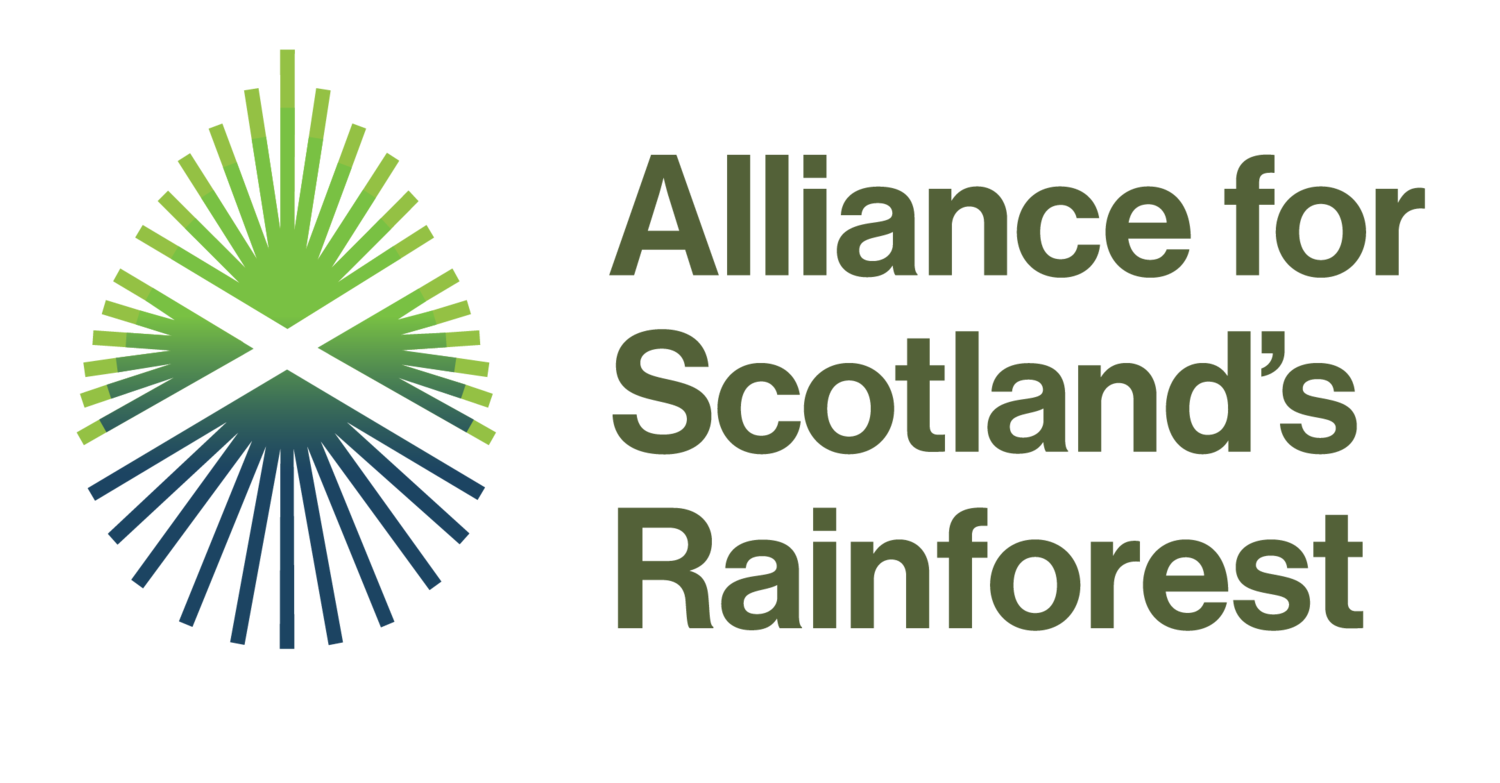Help needed to track down rare butterfly
Butterfly Conservation are trying to find the remaining strongholds of a fast-declining butterfly, and they need your help to do it. David Hill from BCS, tells us more.
The pearl-bordered fritillary (PBF) is a beautiful spring butterfly found in sheltered, sunny woodland glades, woodland edges and violet-rich bracken habitats. It is one of the most rapidly declining butterflies in Britain and Ireland, although the declines in Scotland are less severe than elsewhere. In Scotland it is found throughout many areas north of the central belt, but generally only occurs in local areas where conditions are just right. This includes Scotland’s rainforest, which is a real stronghold for the species and where it often occurs alongside the chequered skipper, a specialist species of native west coast woodlands.
Why is the pearl-bordered fritillary in trouble?
Declining habitat quality coupled with increasingly fragmented habitats is thought to be the major reason behind the PBF’s decline. Like many habitat-specialist butterfly species, it fares best where networks of suitable habitat exist across a landscape allowing the butterfly to take advantage of favourable conditions in good weather years.
For most PBF colonies in Scotland, very few records are received by the national recording scheme. The last major coordinated survey was back in the late 1990s, and many sites have not been visited since. This is an issue, as the butterfly could be declining at certain sites, or even across landscapes, and without knowledge of records and habitat condition, Butterfly Conservation can’t target conservation action to help.
How people can take action
This spring, Butterfly Conservation are encouraging people to survey local pearl-bordered fritillary sites so that we can form a better picture of how the butterfly is faring in Scotland. We’ve been running workshops throughout May, which have been a great success, and although these are now over, you can still take part in the surveys. If you would be interested in finding out more please see here: https://butterfly-conservation.org/in-your-area/scottish-office/priority-species-updates/pearl-bordered-fritillary-and-marsh
How to identify a pearl-bordered fritillary
The pearl-bordered fritillary gets its name from the line of white marks, like pearls, that border the edge of its underwing. The underwing itself looks a bit like a cubist painting, with a mix of yellow and dark orange divided by black lines and interspersed with black dots. The upper wing is dark orange with bold brown markings and a brown body.
The caterpillars are small, up to 2.5cm long. They’re black and spiny, and appear in March after hibernating through the winter. You may find them feeding on dog violet, which is their preferred food.
Pearl-bordered fritillaries are very similar to the small pearl-bordered fritillary (below), which are more widespread. The two are often flying at a similar time in similar habitats, which can make identification a real challenge.
To find out more about how you can help butterflies and moths, visit Butterfly Conservation.





